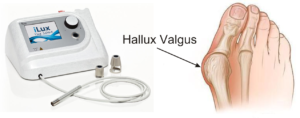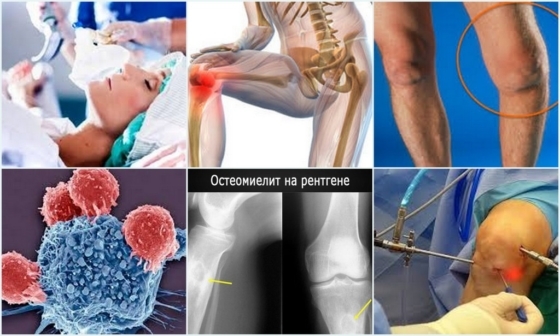Cyst of the right maxillary sinus, diagnosis, treatment methods
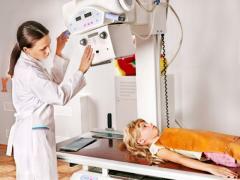
Cysts of the paranasal sinuses are a fairly common complication of various pathological processes localized in the mucous membrane of these sinuses.The cyst of the right maxillary sinus itself is a rounded formation, the walls of which consist of two layers, while the inner one retains the ability to produce mucus, so that the cysts are able to grow in size, and inside they contain a transparent or translucent liquid.At a relatively small size, such neoplasms can often not disturb the patient at all, and often prove an accidental finding on radiographs of the skull, without causing any inconvenience, therefore, in some cases, the otorhinolaryngologist can offer cyst surveillance rather than surgical intervention afterPathology detection.Although not all specialists share this opinion, many advocate immediate surgical treatment for detection.
Contents:
- Clinical manifestations and factors contributing to the formation of accessory sinus cysts
- Versions of the maxillary sinus cysts
- Diagnosis of the disease, modern methods of instrumental research
- Treatment of maxillary sinus cysts, cases requiring surgery
- Preventative measures
Clinical manifestations and factors contributing to the formation of cysts of the paranasal sinuses
Cysts develop as a consequence of blockagedyaschego flow of one or more glands.The development of this condition can contribute to virtually any inflammatory process, localized in the nasal cavity or its accessory sinuses( rhinitis, sinusitis, especially in the case of their prolonged course).
The following factors may contribute to the formation of cysts:
- Curvature of the nasal septum and other irregularities in the shape of the cartilaginous or bony formations of the nose.
- Dental lesions, primarily pulpitis and tooth decay.
- The omission of the hard palate.
- Deformation of the bones of the facial skull.
All these factors contribute to the occurrence of inflammatory processes in the nasal cavity or paranasal sinuses, which can lead to the development of cysts with prolonged inflammation.
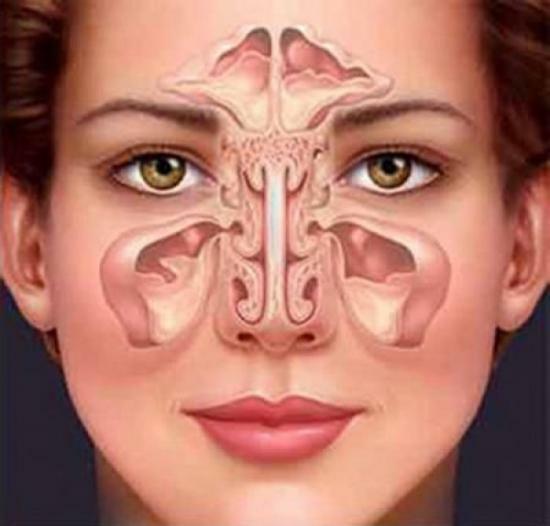
This disease often has an asymptomatic course, but if the cyst reaches a significant size or squeezes adjacent anatomical structures, the following symptoms may appear:
- Pain sensations in the projection of the sinus, with pain in the temple or forehead,When pressing in the projection portion of the cyst pain increases.
- Painful sensations in the wings of the nose.
- Persistent sense of foreign body in the right maxillary sinus( or in the left, depending on the localization of the pathological process).
- Nasal congestion, in most cases on the side of the lesion.
- Sensation of pressure, under the eye.
If there is a similar symptomatology, the best option will be to seek help from an otorhinolaryngologist, since only the doctor is able to make the right decision about the need for only observation or surgical treatment.
Types of cysts of the paranasal sinuses
Depending on the origin and location of the cyst, one can distinguish:
- Retention cysts,( true) which are the most common.They consist of two layers of cells, while the inner one is capable of producing mucus.There are practically no manifestations of such pathology, especially at the initial stages of development.The disease is revealed, or when the cyst reaches a significant size, and accordingly, clinical manifestations, or accidentally, when performing radiography of the skull bones for some other reason.
- A tooth cyst that can be found in the maxillary sinus.Occurs when advanced bacterial lesions of the teeth, when the pathological process affects the entire root canal.The clinic of such a cyst is sufficiently expressed.
- Odontogenic cysts of the maxillary sinuses.Also develop in case of problems with the teeth, since their roots are separated from the sinus cavity by a relatively thin septum, which in case of lesion, collapses quickly enough, which leads to the spread of the process in the sinus.
- A pseudocyst, or a false cyst.For this formation, there is a lack of internal lining from tissues that are similar in structure to the mucous membrane.
For more information on the sinuses of the paranasal sinuses, see the video:
Diagnosis of the maxillary sinus cysts, modern methods of instrumental research
If during the interview of a patient, the otorhinolaryngologist discovers suitable under the clinic, for example, right maxillary sinus cysts, Then the preliminary diagnosis must be confirmed by an instrumental method of investigation, since the manifestations may be similar in different pathologies, for example, with the same sinusitis.
In most cases, one of the following methods is used:
- Radiography.Allows you to obtain information about the localization, form and size of the pathological process.It differs in availability both in terms of the cost of the procedure, and in terms of availability of equipment in almost every medical institution.
- Magnetic resonance and computed tomography - methods are more accurate, but also more expensive diagnostics.Such equipment is not all hospitals, and the queue for the procedure may require a sufficiently long waiting period.
- Fiber-optic endoscopy is a fairly accurate method that allows not only to examine the subordinate sinus from the inside, but also to take material from the suspicious area for additional studies.
Features of treatment of the disease, cases requiring surgical intervention
If the detection of the cyst was an accidental finding and no symptoms were detected, the probability that the medical tactics would then consist in the regular observation of such aPatient, i.It will take only a periodic visit to a specialist doctor.
Operative treatment will be prescribed if there is a growth of the cyst, which will be accompanied by a corresponding symptomatology.
The procedure for the same surgical intervention is chosen based on the individual features of the structure of each patient's sinuses, the extent and location of the pathological process, and the availability of endoscopic equipment and appropriate specialists in the clinic.
There are several variants of the operation:
- Endoscopic removal.Currently, this method is favored by the vast majority of specialists, since endoscopic surgery can be performed in most cases, such intervention is the least traumatic, and the recovery period after it is minimal.But still the method is not suitable for all cases.
- Operation using the Caldwell-Luc method.Access to the sinus in such an operation is obtained by performing a cut along the transitional fold of the upper lip.After the sinus cavity is opened, remove the cyst and create a sinus sinus and nasal passages.The method requires a longer recovery period than with endoscopic surgery.
- Operative intervention according to the Denker method.It differs from the operation of Caldwell-Luc by the access point to the sinus.Trepanation is performed through the anterior wall of the maxillary sinus.This is the most traumatic variant, but often it is necessary, especially in case of purulent complications.
After the surgery, a course of antibiotic therapy is usually prescribed, which is necessary to minimize the possibility of developing postoperative complications.
It should also be remembered that the methods of traditional medicine for this disease, or at best, are ineffective, or completely harmful, since some of them can contribute to a higher rate of cyst growth, or the spread of the process to the adjacent sinus.
Prevention of development of maxillary sinus cysts
As such, there is no specific prophylaxis for the development of this disease.Therefore, the recommendations for prevention are similar to those for many other diseases, namely:
- Regular, balanced nutrition.
- Adequate physical activity.
- Discarding bad habits.
- Reducing the impact of occupational hazards.
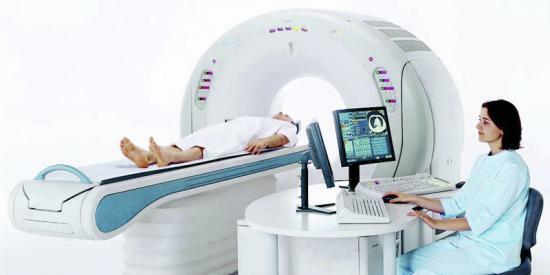
It is also very important to treat diseases that significantly increase the risk of developing cysts - sinusitis, rhinitis( including allergic ones).Correction is also necessary in the presence of deformities of the bones of the facial skull, palate, and other defects of bones and soft tissues that can help delay the mucus inside the maxillary sinuses, which significantly increases the risk of developing chronic rhinitis and sinusitis, and after some time and cysts of the paranasal sinuses.
Although there are no specific methods for the prevention of the disease, it is also not necessary to neglect general recommendations, as they can significantly reduce the risk of the disease.
The cyst of the right maxillary sinus is difficult to call a life-threatening disease, but here the quality of life is constant pain and manifestations of rhinitis and sinusitis, this pathology can worsen very significantly.Therefore, when identifying similar symptoms, it is strongly recommended to seek advice from an otorhinolaryngologist and, if necessary, to undergo surgical treatment, especially since treatment with modern methods is almost painless, and recovery times after endoscopic surgery are minimal.

